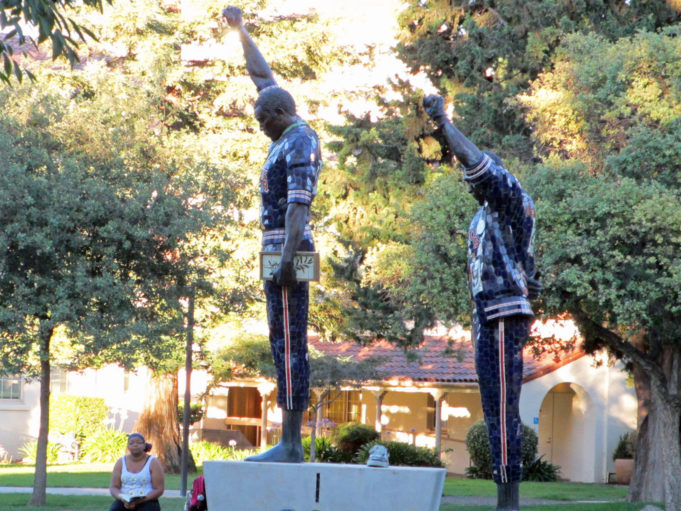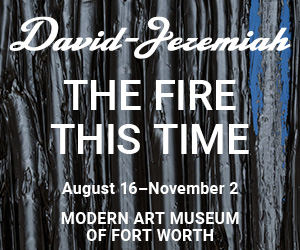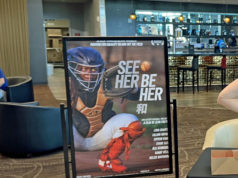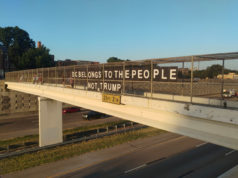With the United States enmeshed in an overseas conflict that lingered past original expectations, and amid a political climate charged with racial animus, athletes elected to protest during the ritual playing of the Star-Spangled Banner. Controversy resulted and the men lost opportunities because of it.
They also eventually saw statues erected honoring their gestures.
The scene referenced above did not happen last week. It occurred nearly five decades ago, on October 17, 1968 at the Olympic Games in Mexico City. American sprinters Tommie Smith and John Carlos had won gold and bronze medals, respectively, in the 200 meters. The two African-Americans raised gloved fists during the anthem to signify their concerns about racial inequities in their home country. Australian Peter Norman wore a button next to his silver medal in solidarity with their statement.
And a statement it was, albeit a blunt one. It clearly expressed the men’s displeasure with a present state of affairs, though with little room to precisely define it. Such is the case today as well. A handful of NFL players have adopted atypical stances as the anthem has played before their games. Like Carlos and Smith, who were living through the upheavals of the civil rights movement, today’s athletes have identified issues they feel to be inconsistent with what the anthem and the flag should signify. They have used the most public occasions at their disposal to show their discontent.
The United States has a long tradition of questioning power. In the 1770s, certain of our forefathers protested a lack of representation in the affairs of the day, including mercantilist trade policies that much resemble those of the current administration. Indeed, it truly is important to scrutinize authority, and to be able to peacefully do so without said authority being able to stifle your expression.
Writing a letter to the editor of a newspaper or posting a video to YouTube enables one to explain one’s objections in detail. Body language on a medal stand or a football field does not. For better or worse, the flag and its associated anthem have become inextricably equated with the U.S. military, and praise or insult directed at one unavoidably flows over to the other. I think few people in the stadium believe black lives don’t matter; but a whole bunch of them believe the lives of soldiers of all colors matter a lot. When it’s unclear to those observers what’s being protested, anger results.
The results for Carlos, Smith, and Norman included more than anger. The two Americans did, ironically, play professional football, but both had some post-Olympic struggles, especially Carlos, as did their Australian supporter. In the end, however, both San Jose State University (alma mater of Smith and Carlos) and the National Museum of African American History and Culture honored their legacies with statuary.
The racial climate has, in many ways, improved since that time. The year after Smith and Carlos competed in Mexico, the University of Texas won a college football national championship with an all-white roster. The country has since elected an African-American president who, while controversial, was actually less polarizing than his successor.
Did things improve in part because of Smith and Carlos or in spite of them? Will history view the Colin Kaepernicks of the NFL as important consciousness-raisers or as rabble rousers who needlessly prodded patriotic sentiments?
We should perhaps remember 1968, and how many things we couldn’t have possibly foreseen. For instance, a president elected that year would later become the first to resign his office, and his decisions on the War on Drugs may (or may not) have proven, at least in part, the point of Carlos and Smith. That issue remains relevant to today’s debates.
One thing one should certainly do before rendering judgements about protestors in 2017 or 1968 or 1776 is to learn as much as possible about their motivations and the points they’re trying to make using the admittedly unsubtle platforms available to them. Only then can we accurately decide if we should vilify their acts or create monuments to them.












